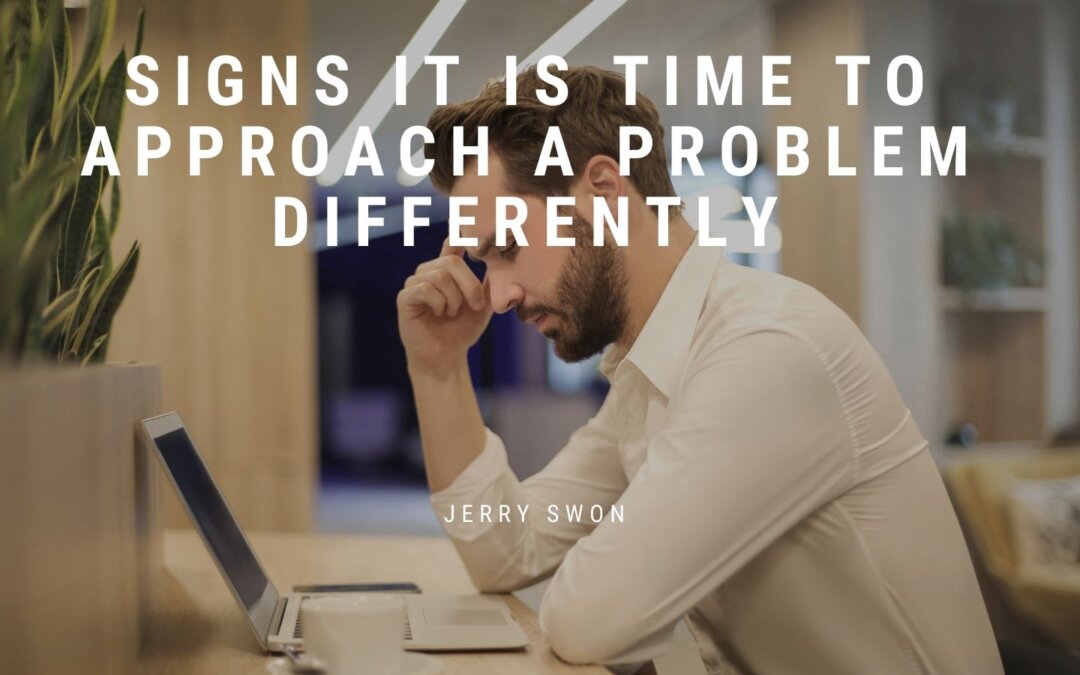Problem-solving is an integral part of our personal and professional lives. While our default approaches may work for many challenges, there are times when it becomes evident that a different perspective or strategy is needed.
Recurring Issues:
If you find yourself repeatedly facing the same problem or issue, it may be a sign that your current approach is not effective. Recurrence suggests that you might be treating the symptoms rather than addressing the root cause.
Stagnation or Lack of Progress:
When you feel stuck or see no progress in resolving a problem, it’s time to reevaluate your approach. A lack of movement may indicate that you are in a rut and need a fresh perspective.
Frustration and Stress:
High frustration, stress, or anxiety related to a problem can signal the need for a different approach. Prolonged emotional distress can cloud your judgment and hinder your problem-solving abilities.
Diminished Creativity:
If you’ve exhausted your usual ideas and creative solutions, it’s a clear sign that you must look at the problem differently. New perspectives can reignite your creativity and open up innovative solutions.
Feedback from Others:
Pay attention to feedback from colleagues, friends, or mentors. If multiple people suggest alternative approaches or express concerns about your current strategy, consider their input seriously.
Changing Circumstances:
External factors, such as changes in the market, technology, or regulations, can render your current approach obsolete. Adaptation is key to staying relevant and effective.
Ineffective Results:
If your current approach consistently yields poor results or fails to achieve desired outcomes, it’s time to reassess and explore new methods or techniques.
Resistance from Stakeholders:
Resistance from team members, clients, or stakeholders can be a strong indicator that your current approach is not aligning with their needs or expectations. Listening to their concerns is essential.
Loss of Enthusiasm:
A loss of enthusiasm or passion for solving a problem can indicate burnout or frustration with your current approach. Rekindling your motivation often requires a fresh perspective.
Seeking Growth and Improvement:
A desire for personal or professional growth can lead you to seek different problem-solving methods. Embracing change and a commitment to continuous improvement are signs of a proactive mindset.
Recognizing the signs that it’s time to approach a problem differently is a critical skill in both personal and professional life. By staying open to new perspectives, adapting to changing circumstances, seeking feedback, and acknowledging recurring issues, you can become a more effective problem solver. Embracing change and exploring alternative strategies can lead to innovative solutions and enhance problem-solving abilities.

